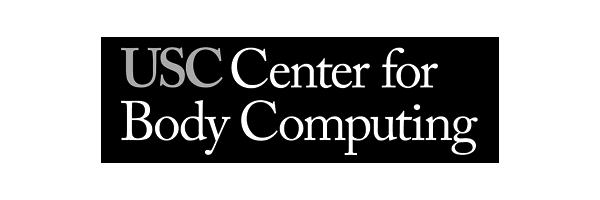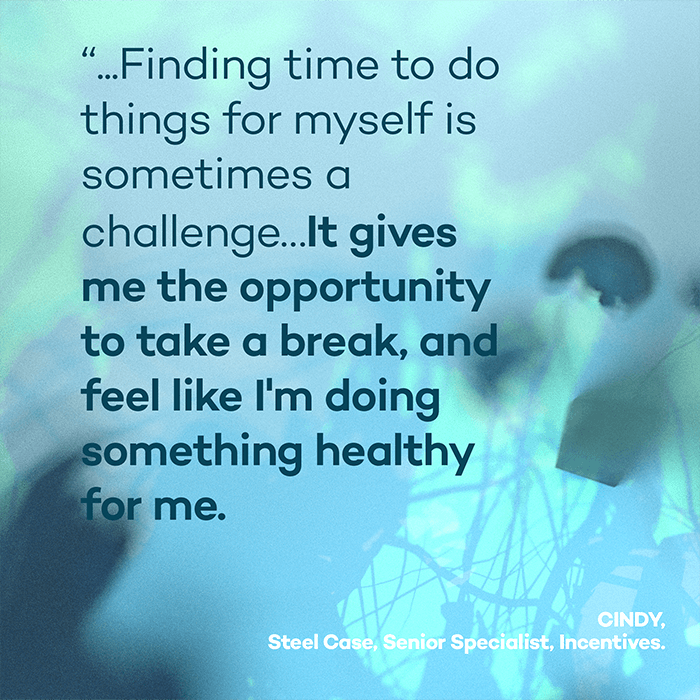
Setting goals: SMARTer goals for self-efficacy
Studies show that 88% of people who set New Year resolutions – 79% of which are health-related – fail them within the first two weeks.1,2 So what separates those who succeed in setting goals and sticking to their resolutions versus those who don’t? Let’s take the proverbial “the diet starts tomorrow.” There are numerous steps that one can take (steps being one of them) to losing weight. Most of us know what needs to be done in order to lose weight, but how we go about taking those steps is typically what separates the 12% from the 88%... which over time becomes the 1% v. the 99%.
A core component of adopting and sustaining healthy behaviors relies on self-efficacy. Self-efficacy is confidence in the ability to control one's motivation, behavior, performance and social environment.3 And it plays a critical role in successfully setting goals and staying committed to them. The more confident you are, the more likely you are to achieve your goal; and when you achieve your goal, you support your self-efficacy.4 Hashtag “goals.”
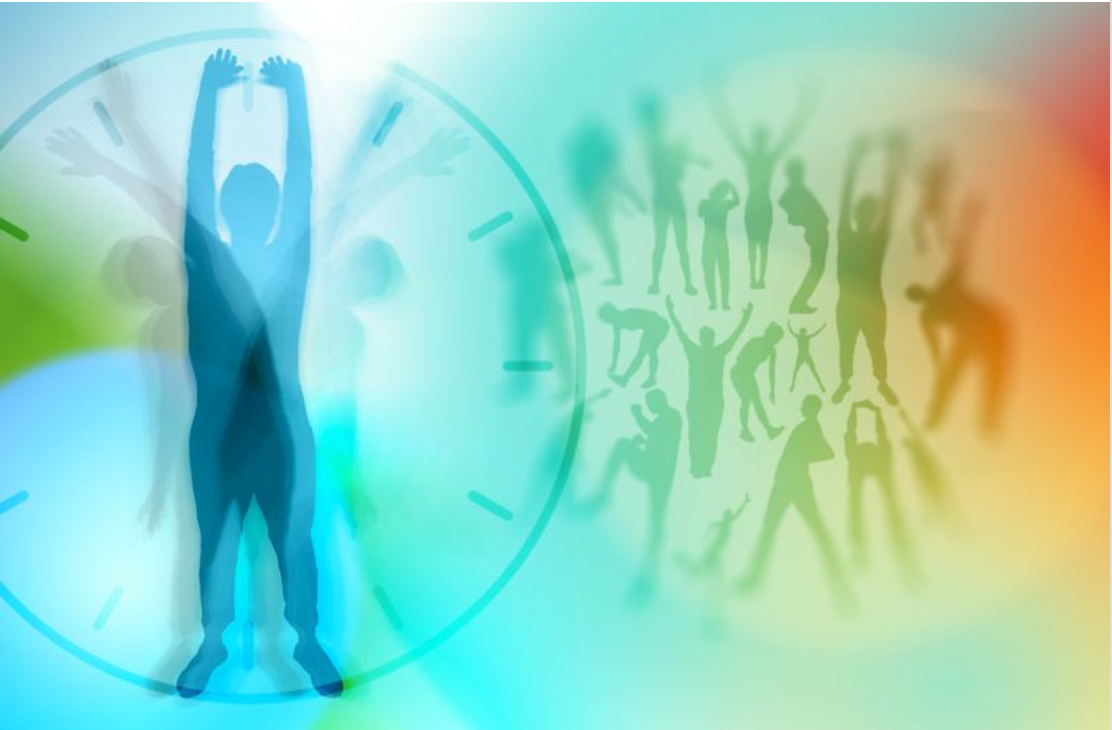
Setting SMARTer goals: how the SMART goal setting system increases success
So now let’s turn to the practice of setting goals with intention. The SMART framework for goal-setting has been proven most successful: SMART stands for: specific, measurable, attainable, realistic, and timebound. Losing weight is a goal comprising potentially dozens of SMART goals, all of which when achieved, result in increased self-efficacy and an increased likelihood of achieving your overarching goal to lose weight. Let’s take eating more fruits and vegetables as one goal and apply the SMART framework:
Specific: I will eat more fruits and vegetables to improve my overall health and help me lose weight.
Measurable: I will eat 3 or more fruits or vegetables a day, 5 days a week.
Attainable: I have access to fresh fruits and vegetables as well as frozen ones.
Realistic: I enjoy eating fruits and vegetables, and feel better when I do.
Time-bound I will start today and do so for the next two weeks.
This example shows how setting goals with the SMART framework can turn vague intentions into attainable actions. Now, how much more palatable (see what I did there?) is that than just setting a goal to lose x amount of pounds?
Microbreaks and microhabits for a healthier lifestyle
In a world full of AI-driven “solutions,” it’s almost as if we’ve been conditioned to believe we can outsource our wellbeing. But you still have to do the work. The beauty of building one’s self-efficacy is that you’re putting yourself right back in the driver’s seat and in control of your destination.
Speaking of work and sitting… how much of your day is spent sitting at your desk chair only to get up when you have to go to the bathroom or to grab something to eat?
Breakthru delivers movement microbreaks in the flow of the workday. It was designed with the SMART framework in mind to help users succeed at setting smarter goals.
Specific: I will take more breaks throughout the workday so I remain cognitively refreshed, in tune with my body, and prevent chronic conditions from happening or worsening.
Measurable: I will take one microbreak a day, 5 days a week.
Attainable: I have two minutes to take a break in between calls.
Realistic: I know I need to take breaks and will feel better and more productive if I do.
Time-bound: I will start today, as it’s already available to me in Teams and do so for the next two weeks.
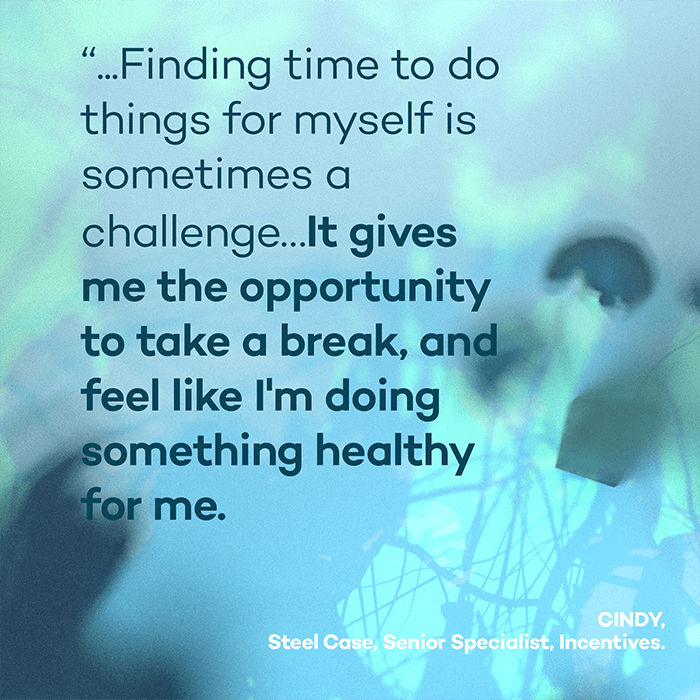
Let’s apply setting smarter goals to workplace wellness. Imagine you take your first microbreak and immediately feel better – possibly better than pouring yourself a third cup of coffee. Your self-efficacy increases and you look forward to tomorrow’s break. By the end of week two, you’re microbreaking twice a day. By the end of week three, you feel more confident, refreshed and re-energized and start setting goals around other health behaviors, like walking more or snacking less.
Setting goals isn’t just about ambition—it’s about building the self-efficacy that empowers you to believe in your ability to change habits and create a healthier lifestyle. When you start small, with a goal to take a two-minute microbreak everyday, you build momentum, confidence, and consistency. Over time, these intentional actions strengthen your self-efficacy and naturally lead to more positive health behaviors. Whether it's moving more, eating better, or managing stress, setting goals and making space for microbreaks can pave the way to a healthier, more energized lifestyle.
Breakthru uses in-app reminders and a history tab to help you with setting goals that are easy, attainable, and measurable… how SMART.
Change starts small. Set a goal, take a microbreak, and let Breakthru help you improve your health, just 2 minutes at a time.
- Drive Research Team. (2024, November 18). New Year’s resolutions statistics and trends. Drive Research. https://www.driveresearch.com/market-research-company-blog/new-years-resolutions-statistics/
- Baker, D. (2025, January 8). New Year’s resolutions — Winning by failing. Lexipol. https://www.lexipol.com/resources/blog/new-years-resolutions-winning-by-failing/
- Carey, M. P., & Forsyth, A. D. (2009). Self-efficacy teaching tip sheet. American Psychological Association. Retrieved June 30, 2025, from https://www.apa.org/pi/aids/resources/education/self-efficacy
- Saks, K. (2024). The effect of self-efficacy and self-set grade goals on academic outcomes. Frontiers in Psychology, 15, Article 1324007. https://doi.org/10.3389/fpsyg.2024.1324007
Breakthru in the World
Request a demo to learn how teams stay sharper, healthier, and more connected with Breakthru
See how science-backed, 2-minute microbreaks can boost focus, motivation, and resilience for your organization.

Join the
45,000+
corporations, educational
communities, and non-profits
worldwide using Breakthru.












